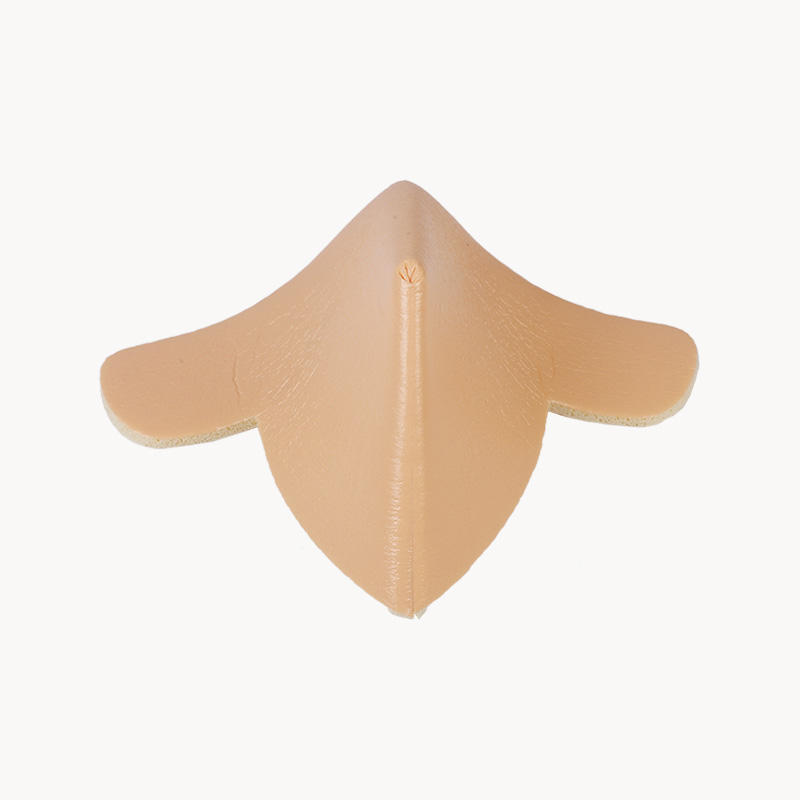Hundreds of phone calls and email inquiries are received each year, many of them desperately seeking help with proper ostomy care, according to UOAA. The primary mission of UOAA advocates is to ensure that quality ostomy care is universally available in all healthcare settings. In the United States, everyone has the right to high-quality care. However, the ostomy community continues to suffer from low-quality care due to a lack of professionally trained medical professionals, such as certified ostomy care nurses. Many people caring for an ostomy patient are not educated about the physical, emotional, or quality of life needs of an ostomy patient. As a result, people in the ostomy community often lack empathy and respect for their care. Beginning in 2019, UOAA embarked on this research journey to examine best practice care for ostomy patients by leveraging ostomy and the Continental Transfer Patient Bill of Rights (PBOR), they collected ostomy patients (412 patients) respondents) and medical clinicians (195 respondents) such as wound ostomy incontinence nurses.
The study investigated three research questions :
1. Is UOAA's PBOR used to analyze ostomy patients from both the patient and clinician perspectives?
2. Do patients and clinicians believe that the use of PBOR is beneficial for the health outcomes of ostomy patients?
3. Are clinicians witnessing positive patient health outcomes (eg, reduced readmission dehydration, feeling better prepared to care for an ostomy)?
The study concluded that there is a discrepancy between the standard of care provided by clinicians for PBOR and what patients report as the care they receive. Greater recognition and wider utilization of PBOR are needed to provide optimal care for ostomy patients1.
Their advocacy work is underway, and quality healthcare is a team effort. Together, let's build a culture that promotes the highest quality care for people with ostomy. The more people claiming these rights and the more medical professionals enforcing these standards of care, the more improvements in patient care and outcomes.
By: Jeanine Gleba, Advocacy Manager, UOAA
refer to:
1. Glebba, Jenny; Miller, Leslie Riegel; Pike, B. Mitchell; Burgess Stock, Joanna. Joint Ostomy Society of the American Ostomy and Continental Transfer Patient Bill of Rights: An Examination of Best Practice Care for Ostomy Patients. Journal of Wound, Ostomy and Incontinence Care: September/October 2022 - Volume 49 - Issue 5 - Pages 462-468
DOI: 10.1097/WON.0000000000000909

 English
English عربى
عربى Español
Español русский
русский 中文简体
中文简体













.jpg.png)




